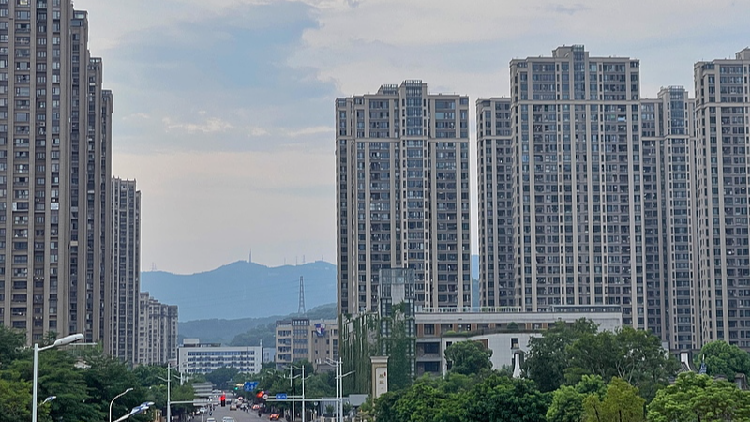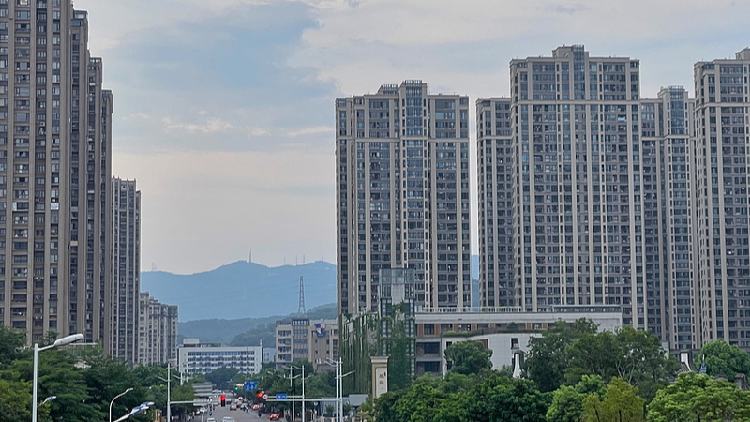China's LPRs drop amid efforts to drive economic growth


China on Monday cut its market-based benchmark lending rates, with the one-year loan prime rate (LPR) down to 3.1 percent from the previous 3.35 percent.
The over-five-year LPR, on which many lenders base their mortgage rates, was lowered to 3.6 percent from 3.85 percent, according to the National Interbank Funding Center.
This marks the third LPR reduction this year, forming part of the country’s broader policy push to reduce financing costs, support the recovery of credit demand, and further fuel consumption and investment growth.
The cut exceeded market expectations, as both the one-year and over-five-year LPRs were lowered by the maximum margin, said Wu Bin, an analyst at China Minsheng Bank. Last week, central bank governor Pan Gongsheng said the LPRs would move downward by 0.2 to 0.25 percentage points.
Wu said the cuts underscored the government’s determination to support economic recovery through its monetary policy.
The central bank in late September lowered the interest rate of seven-day reverse repos, a key short-term policy rate, by 20 basis points and cut the reserve requirement ratio (RRR) for financial institutions by 0.5 percentage points.
Major commercial banks, aligning with central bank policies, have already moved to lower deposit rates.
In a further step to support the real economy, Pan indicated in his address at the Annual Conference of Financial Street Forum 2024 held last week that the RRR could be lowered by a further 0.25 to 0.5 percentage points within 2024, depending on the liquidity situation.
Analysts believe that these moves are part of the country’s coordinated efforts to strengthen counter-cyclical adjustments, stabilize capital and property markets, and expand high-level financial opening up.
“These LPR cuts are in line with the current macroeconomic policy direction and serve as key mechanisms for transmitting impactful interest rate cuts to the real economy,” noted Wang Qing, chief economist at Golden Credit Rating, a credit rating agency based in China.
Wang said the greater-than-expected LPR declines reflect the government’s fourth-quarter focus on guiding substantial reductions in corporate and household loan rates, particularly concerning new residential mortgages.
To ease the financial burden on homeowners, China’s central bank has asked commercial banks to lower interest rates for outstanding mortgage loans. This reduction will save borrowers 150 billion yuan, benefiting 50 million households, said Tao Ling, deputy governor of China’s central bank, at a press conference held last week.
These policy moves follow a crucial meeting convened by the Political Bureau of the Communist Party of China Central Committee in late September, which called for intensified efforts in economic work, including the implementation of impactful interest rate cuts and the promotion of the property market’s stabilization.
Looking ahead, Wang expects that the LPR drops will boost economic growth momentum, help stabilize the property market, and provide key support for achieving this year’s economic growth targets.
(Cover: Residential buildings in Jin’an District of Fuzhou, southeast China’s Fujian Province, August 6, 2023./ CFP)

